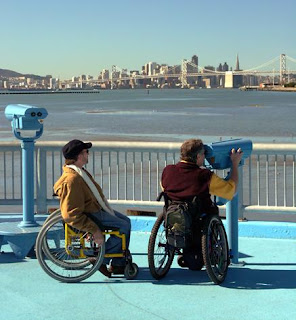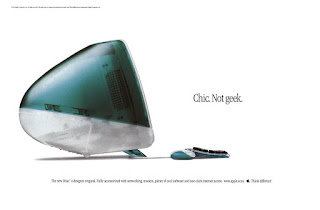Universal design is an approach that aims a designing process with the outcomes of accessible and experiential designs for the largest number of people possible.
The role attributed to universal design can be summarized as designing products, services and environments that are useable by greatest possible amount of people despite of differences that they might possess.
Timeline of Universal Design
40’s: military engineering
50’s (early period): man-machine relationship – sanitary usage, office furniture usage
50’s (middle period): birth of human factors engineering or ergonomics (the aim of creating optimal configurations of human and physical aspects of the man-made world in order to improve accessibility for people of all ages and across physical and mental abilities.)
60’s: standards developed for environmental design
70’s: first time of involvement of end-users in the process of design
80’s: environmental design in social and economic sense
90’s: Americans with Disabilities Act of 1990, any discrimination based on physical or mental impairment that “substantially limits” human performance is banned which had a deep impact on the design industry.
90’s (late period): 7 principles of universal design:
a) : useful and marketable designs for people of diverse abilities Equitable Use
b) : adjustable designs that accommodates a wide range of individual preferences Flexibility in Use
c) : user friendly designs Simple and Intuitive Use
d) : a communicative design regardless of ambient conditions or the user’s Perceptible Informationsensory abilities
e) : consequences of accidental or unintended actions minimized by design Tolerance for Error
f) : efficiency in usage and comfort achieved by design Low Physical Effort
g) : designed in such a way that regardless of the user’s body size, Size and Space for Approach and Useposture, or mobility appropriate size and space is provided for approach and use
00’s: the growing life expectancy, globalized economy, growing purchasing power and the emergence of consumer economies contribute to the importance of universal design.
World Health Organization (WHO) established the International Classification of Functioning, Disability and Health (ICF). The aftermath of foundation ICF set the universal design as an undisputable dynamic of design as ICF revolutionized the concept of disability from a lacking of capacity for unfortunate some to a part of natural process in everyone’s life as reduced functionality; aging, farsightedness, back problems, and immobility with the surrounding environment.
“Disability, therefore, is a universal human experience that depends on the context, time, and circumstances of social and professional practices.” (Erloff & Marshall, Design Dictionart, 2008)
examples:
M.Des. Can Kulahcioglu
kulahcioglucan@gmail.com














Hiç yorum yok:
Yorum Gönder